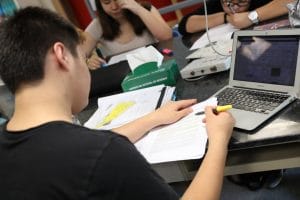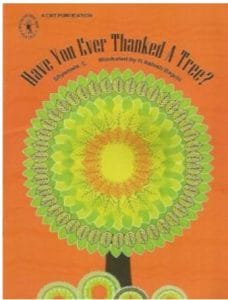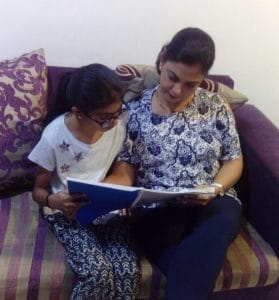Redefining School Library Spaces…
Libraries in International schools currently are much more than just storehouses of books; they are in fact community hubs of learning. They are a confluence of the age-old tradition of books with the new age information technologies. A lot of the international schools have set up libraries to be multifunctional. They are completely equipped with all the audio and visual technology resources and the latest electronics like laptops and iPads and also a structured Wi-Fi network to cater to the internet needs of the school community. As we know, dissemination of information is done in this igeneration through a variety of platforms. Libraries provide to the increasing needs of what we might call a meta-literate learner. According to Mackey and Jacobsen*,a meta-literate learner is a person in this digital social age who digs deeper into the search process, asks the right questions, considers privacy and ethics while adapting to the new technologies. The modern library provides a conducive place for meta literate learners to be responsible for sharing content in open environments and have the critical thinking required to engage in the cyberspace. This, in turn, empowers learners with the right information. There is plenty of individual assistance provided here to those who are unfamiliar with specific technologies and platforms as well.
Most of us may routinely be asking if we have all the information available at the click of a button. Why do we need help? The answer is simple. Fundamental accessibility to information does not translate directly into necessary information. Libraries work on evaluating credible information according to a variety of criteria like age appropriateness, academic authority, points of view and varied interest inquiries. It also gives you factual and real information.
Neil Gaiman puts it nicely when he says, ‘Google can bring you back 10000 answers, but a librarian gives you the right one’.
Librarians go so much further than getting you a book; they are now called an information curator and coach. Education needs of the students and the school community are holistically met by the librarians using one on one discussions and counseling. Collaborative spaces also go as far as student study groups and mentoring for school work. Hobby Interest groups have regular sessions in the modern library providing the ideal collaborative and community space for parents to become writers and readers too. Librarians with parent collaboration can lead to “Writers Clubs” and “Book Clubs” to support and groom budding new writers and readers. An avatar that the librarians have easily manifested.
The latest development in libraries is creative places called Maker spaces. Maker spaces are designed to be a place where both old and new technologies are displayed. A fascinating 3D printer, building circuit designs or an even a tinkering with a robotic gadget tantalizes the young minds into creating something new and innovative. The primary purpose of this being to develop new skills and also share these skills with others in the school community.
Libraries in International schools are now named aptly as ‘learning commons’ catering to the ever creative needs of the numerous consumers and helping to educate the school community like never before. It ranks undoubtedly as one of the coolest places to be at!
*“METALITERACY-Reinventing information literacies to empower learners” By Thomas P. Mackey and Trudi E. Jacobsen
Guest Post by Ms. Gayathri Durairaj


